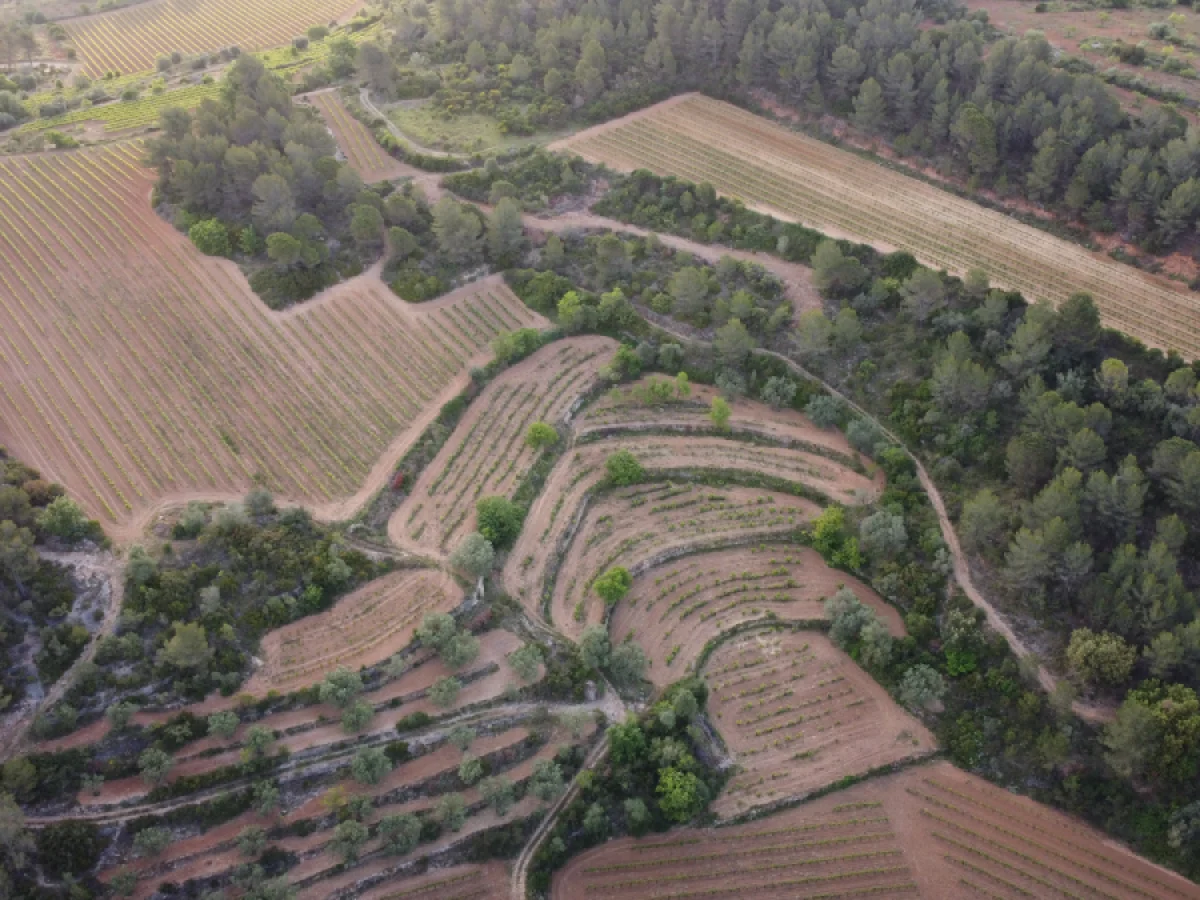Many wines have a story.
Not everyone has something to say.
Our product upholds the ancestral craft of winemaking, pays homage to the region’s magical limestone, and evokes the complex, authentic flavour of traditional wines and cavas.
The state:
Can Tutusaus
Although the origins of our legacy can be traced back to the mid-14th century, it wasn’t until 1729 that winemaking began at what is now Masia Can Tutusaus, a date marked on the Cairons wine press where some of our wines are still made today.
Since its beginnings, the estate has continued to flourish, providing the family with the fruits from each of the crops they grow, with the vineyard taking centre stage. The wine is made and aged in the winery, but not bottled. Instead, it is sold in bulk. It wasn’t until 1987 that Joan Badell i Badell, inspired by his roots, decided to shake things up and complete the circle by bottling the first wines and cavas under the Tutusaus name.
The years and harvests came and went, until 2001, when Raimon, one of Joan’s sons, fuelled by his youth and passion for winemaking, took over from his father and introduced a fresher, more contemporary approach to the project. The first step was switching the vineyards to organic farming. And thus, VallDolina Winery was born.
VallDolina has a strong connection with the region, and we want our wines to be a faithful expression of the landscape around us. We plan our work according to the lunar calendar, just like our ancestors did, while applying agricultural practices that are as friendly to the environment as possible.
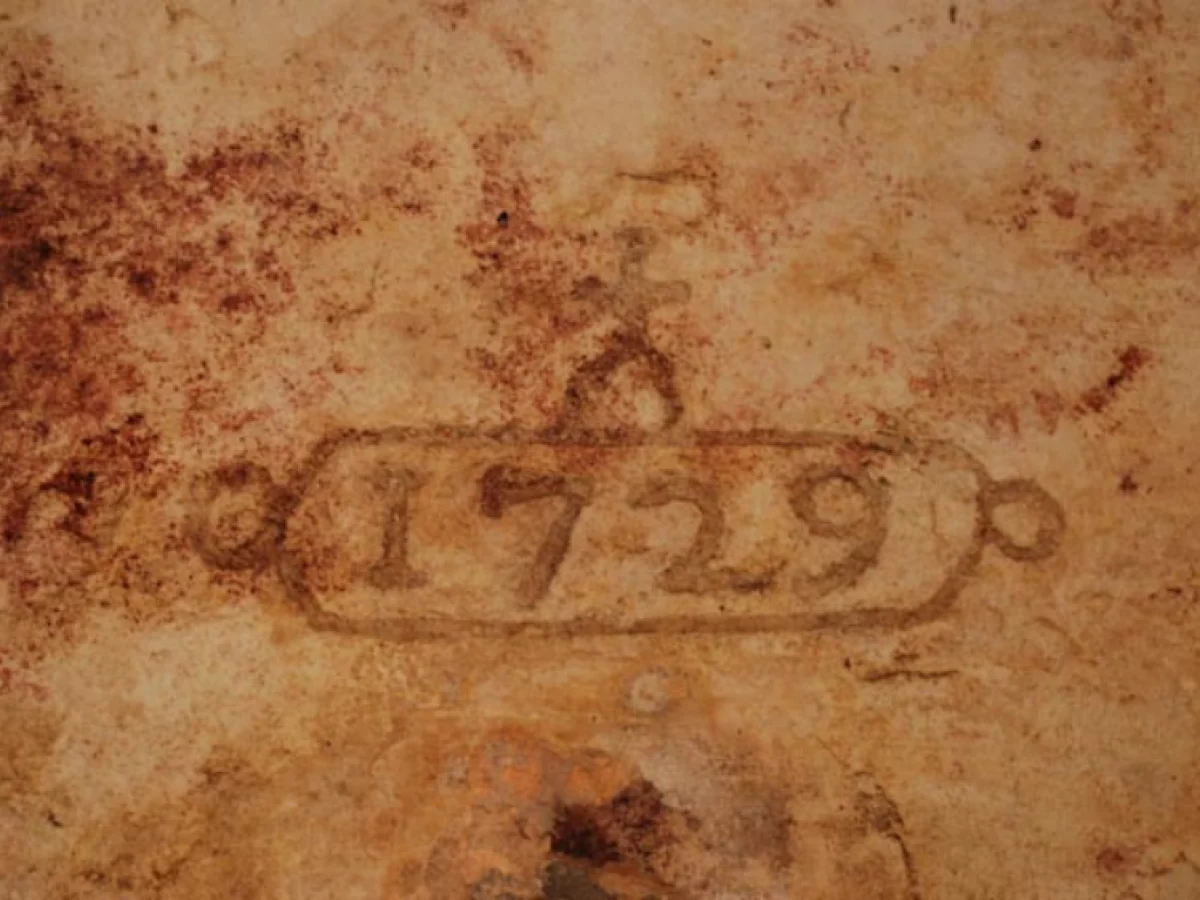
Our
team
We are Anna and Raimon, winegrowers and winemakers.
We share time and vision, the freedom to learn. We are committed to organic viticulture that is empathetic, personalised and sensitive. The aim is to champion local craftsmanship, revive all the traditional uses of the estate and add value to the region. Along the way, we have learned the importance of talking about history and the land, how to listen to the heartbeat of the wine, how to embrace the landscape and how to care for this legacy so that our children have a future.
With Josep at the helm, we strive to ensure that our work is always a team effort. The three of us bottle everything from the estate and dedicate ourselves to listening to nature, fighting the wild boar, reworking dry-stone boundaries and clearing brush, replanting, harvesting asparagus and a few mushrooms, wine tasting in the vineyard, disgorging, labelling, and everything else it takes to ensure that the soul of the wine is transferred to the people
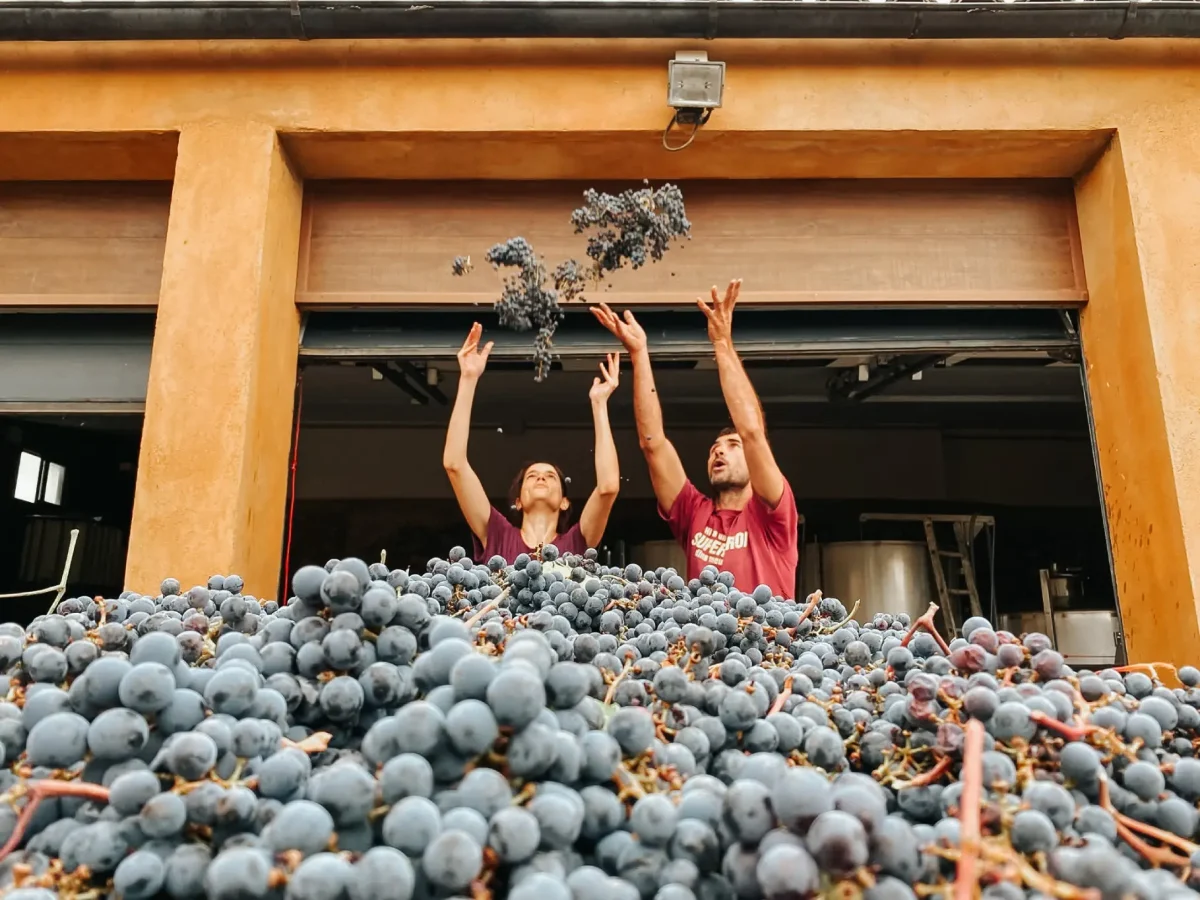
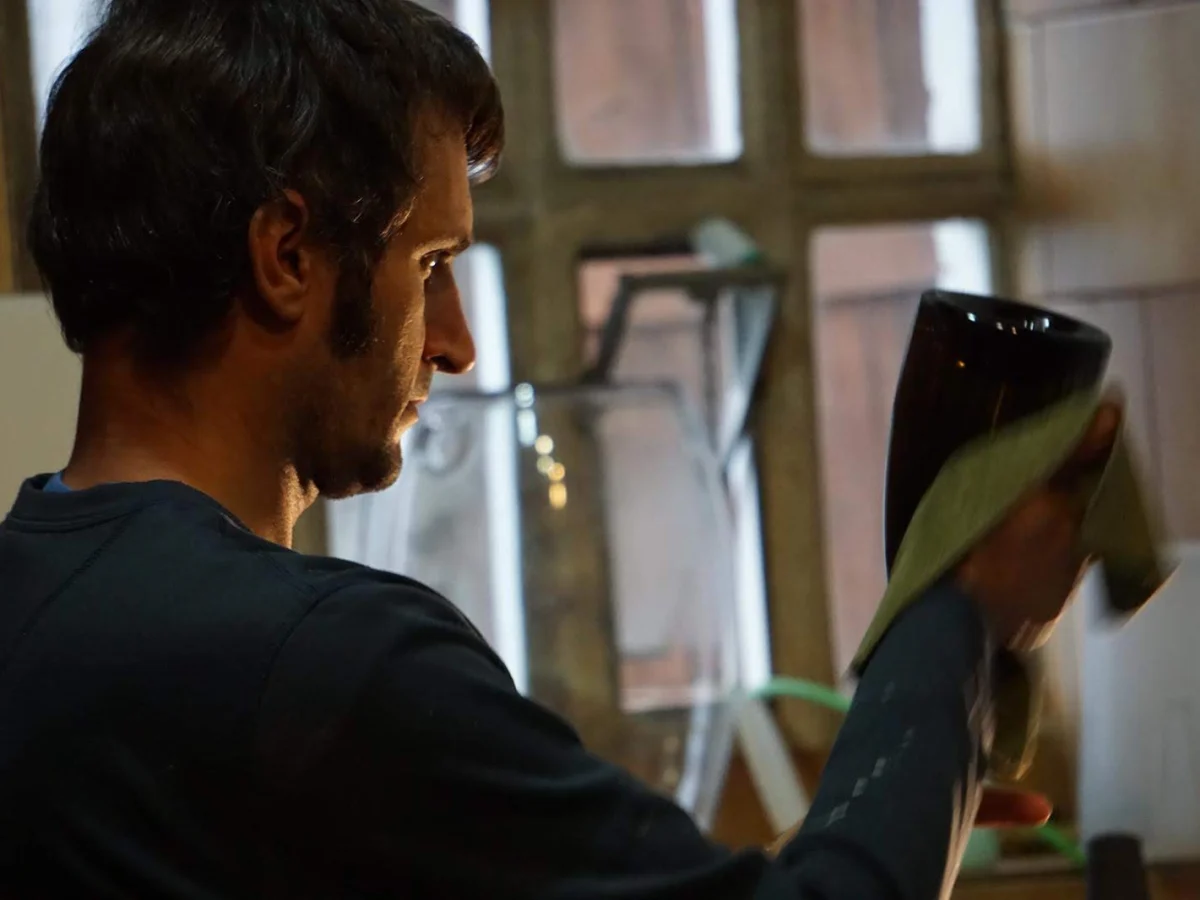
The surroundings: the
Garraf Massif
The Garraf Massif is a large limestone massif located at the southern tip of the Litoral mountain range, bounded by the Mediterranean Sea and the Penedès plains. A landscape of small hills, deep valleys and steep slopes.
The rugged terrain forces winegrowers to cultivate little plots of clay-limestone soil, which produces small but highly concentrated yields. In general, the soil is low in organic matter and shallow, with varying amounts of clay on a rocky limestone bed, contains some fossils and has a permeable texture but is capable of retaining moisture well.
The climate is typically temperate Mediterranean, with over 300 days of sunshine a year, rainfall concentrated in spring and autumn, and hot, dry summers. The proximity to the sea provides a moist, refreshing breeze, known as the Marinada, which has a beneficial effect on the wine by tempering and prolonging the maturation cycle, promoting sucrose concentration and polyphenolic maturation.
Aquesta especificitat del territori aporta als vins uns atributs específics, podent obtenir vins d’altíssima qualitat i un llarg potencial de guarda gràcies a l’alta acidesa que el terrer els aporta com a agent protector.
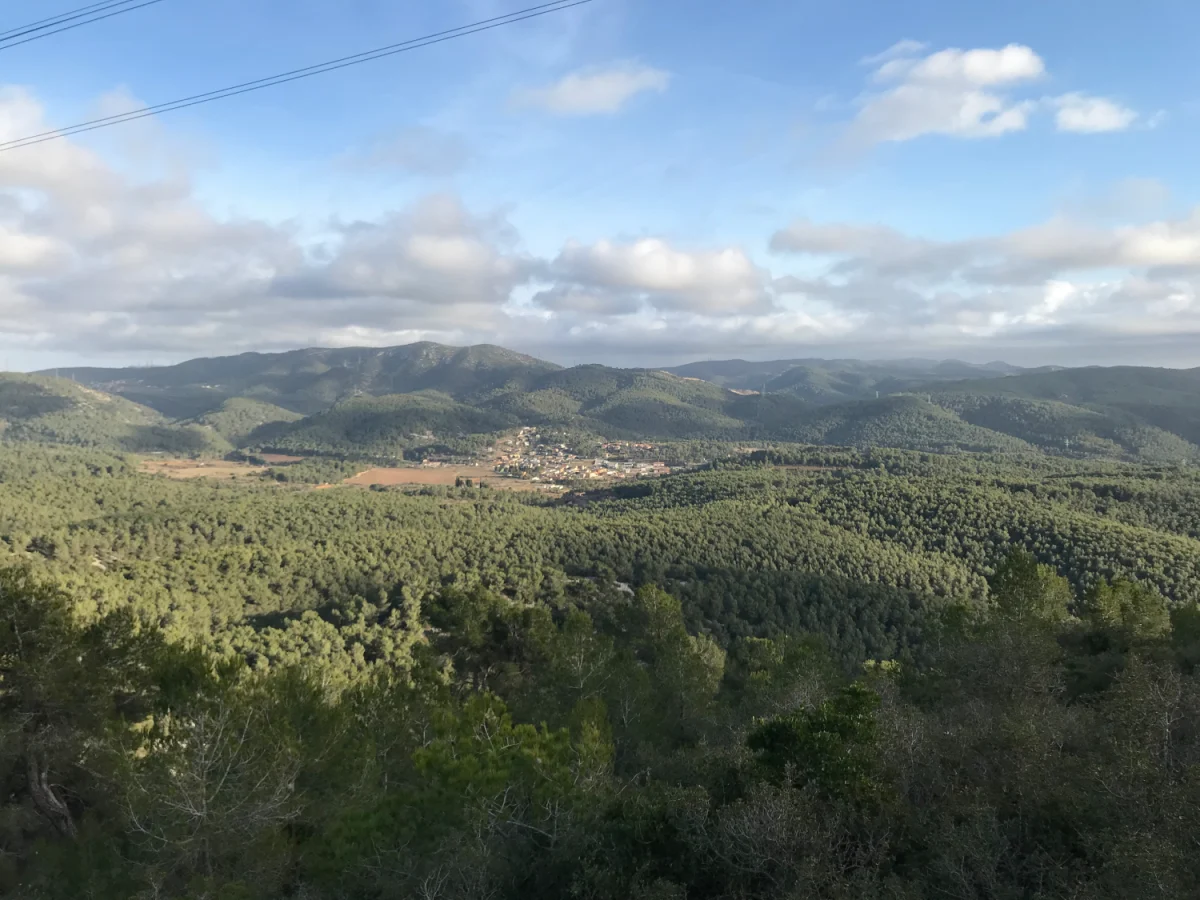
The origin of our
name: VallDolina
Dolina: feminine. Geomorphology. A depression (cavity, pit or natural sinkhole) that is approximately circular in shape on the surface and conical below, occurring in karst regions due to a process of limestone carbonisation.
The name VallDolina derives from this unique geomorphological formation, which is a distinctive feature of our estate’s location in the Garraf Massif and a symbol of local identity deeply rooted in the land that nourishes our vineyards.
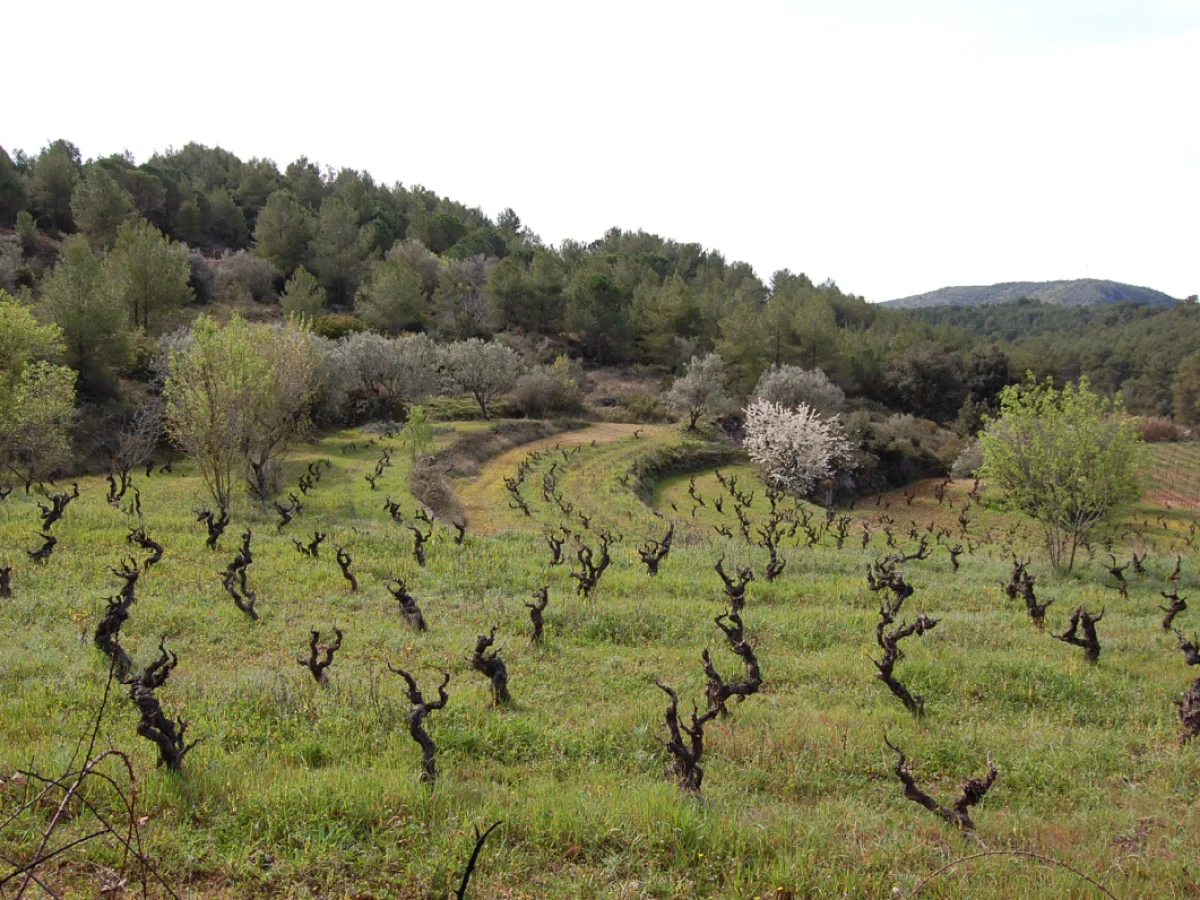
Our
vineyard
With the vineyards nestled in the Garraf Massif, where the vines grow in calcareous soil, production is limited and the minerality of the fruit stands out. This circumstance serves to identify their origin.
We perceive viticulture as the art of expressing the distinctive characteristics of a landscape through wine.
Cultivating on dry-stone terraces means that our plots have to be small, with each being a unique universe. This creates a mosaic of terraces and paths, trees and bushes in this unique agroforestry landscape. We practise dry viticulture and cultivate responsibly to preserve balance and biodiversity.
